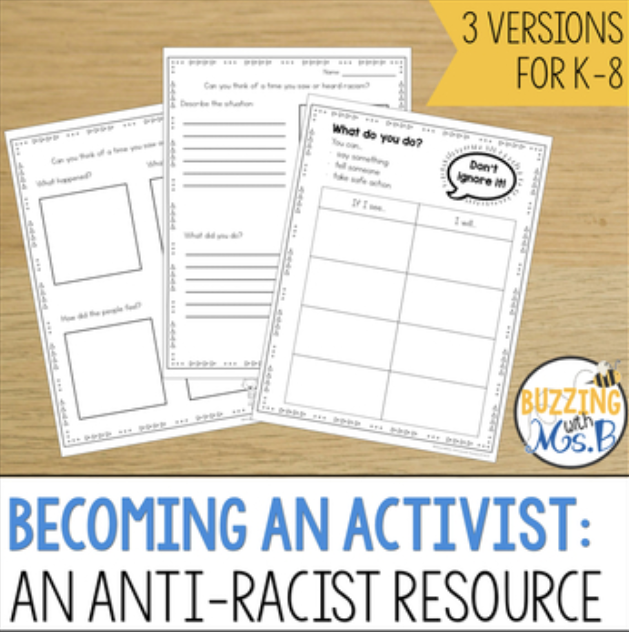(This post contains Amazon affiliate links. As an Amazon Associate I earn from qualifying purchases. That means that I make a small commission if you purchase the book referred to below but it’s at no additional cost to you. Thank you for your support!)
BOOK REVIEW
Earlier this summer, I read How To Be An Antiracist by Ibram X. Kendi. Since I read mostly fiction and history books, I was not familiar with this this book or the author until the aftermath of the murder of George Floyd. I hoped the book would provide me with a deeper understanding of racism in the U.S. and what white allies can do to support people of color. In that, I was not disappointed.What I most enjoyed was how Kendi uses his personal experiences to illustrate and explain the larger concepts he discusses, especially because the writing at times is dry and the rhetorical style repetitive. Fortunately, each chapter is devoted to just one particular social construct so I could read the book at a deliberative pace. Those bite-sized pieces make it easier to digest the ideas being discussed. I also liked that each chapter starts off defining the words or phrases that Kendi focuses on. He then offers historical background, references to contemporary culture, statistics, and personal experiences to support the points he wants to make.
As an educator, I was naturally drawn to Kendi’s anecdotes from his grade school years and his time in high school and college. They underscored how the concepts he talks about play out in real life. I was particularly struck by a story in Chapter 3, Biology, he told about when he was in 3rd grade and he stuck up for a little girl in his class who was ignored by their teacher.
The amount of research Kendi must have done to write How to Be an Antiracist is impressive. I came away with a much greater appreciation of how systemic racism permeates American society. I highly recommend this book and think that all educators who have students of color in their classes should read it. In fact, it would be a great choice for a book-study group.
What I most enjoyed was how Kendi uses his personal experiences to illustrate and explain the larger concepts he discusses, especially because the writing at times is dry and the rhetorical style
repetitive. Fortunately, each chapter is devoted to just one particular social construct so I could read the book at a deliberative pace. Those bite-sized pieces make it easier to digest the ideas being
discussed. I also liked that each chapter starts off defining the words or phrases that Kendi focuses on. He then offers historical background, references to contemporary culture, statistics, and personal
experiences to support the points he wants to make.

Click HERE to download this free resource
LESSON PLAN
Last fall, I was honored to participate in and write a blog post
for the #ItsTimeToTalkRacism campaign after the mass shooting of mostly Latinx people in El Paso, Texas, in August 2019. Sadly, another victim, Memo Garcia, succumbed to his injuries in April, bringing the total number of people murdered to 23.
Chrissy Beltran, who organized the blog post campaign, has written a follow-up blog post and created a lesson that addresses what children can do when they see racism occurring. Her lesson can be used with students in a wide range of grades.
WEBINARS
Finally, TeachersPayTeachers
has organized free anti-racist and social webinars for educators. It’s a series of 6 webinars; the first was with a group of Black TpT teacher-authors discussing their experiences as teachers and school administrators. The other videos are with outside experts who discuss how educators can implement anti-racist teaching in their own practice.
The first three have already been show but are available online. The next one will be shown on September 3rd. You can register for that and find links to all of the videos HERE. (You may need to scroll halfway down the page to get to the info about the webinar series.)
TpT just announced that you can now download certificates of participation after viewing each webinar. You may be able to use them for professional development purposes but check with your school district since policies differ from place to place.
I hope you find these resources helpful as the new school year gets underway.




